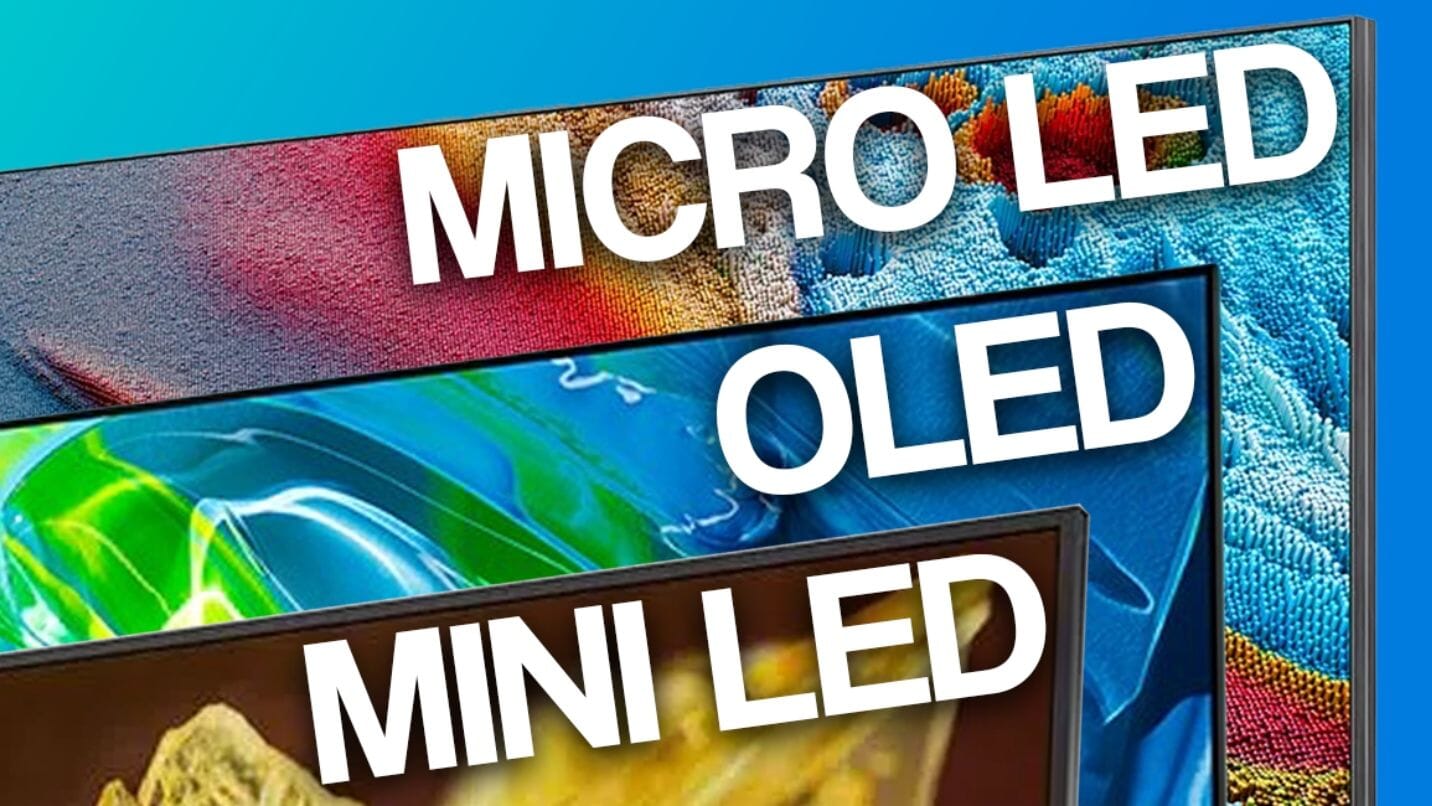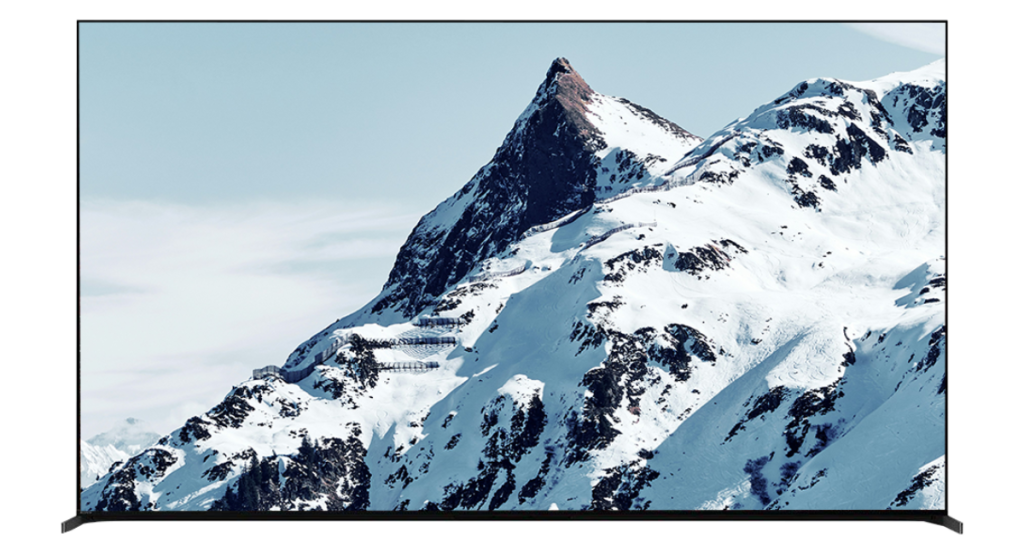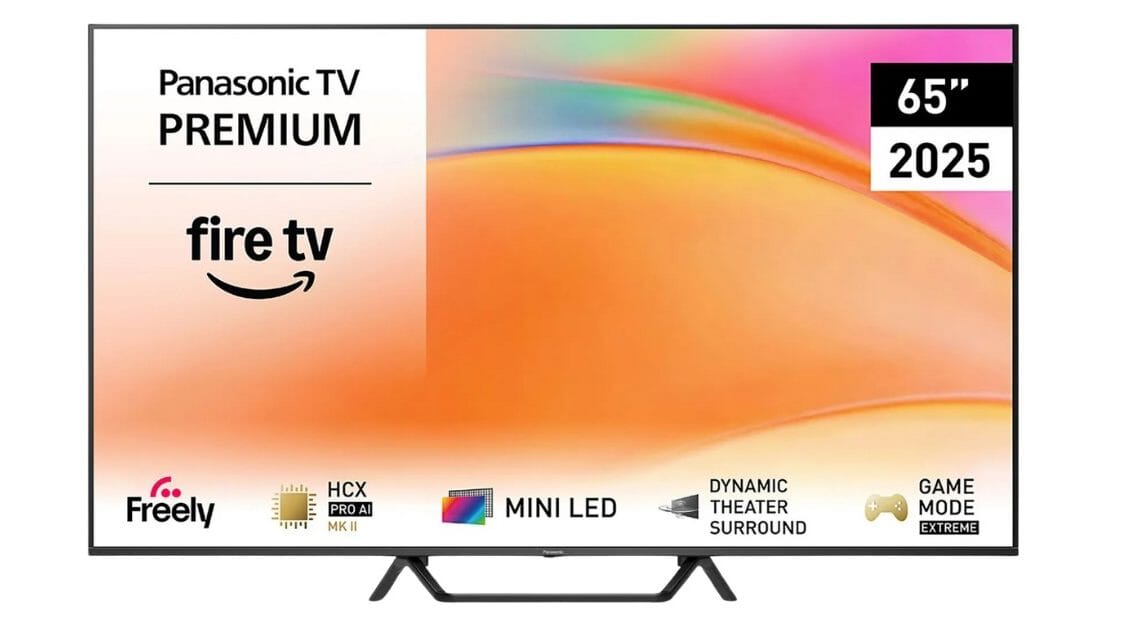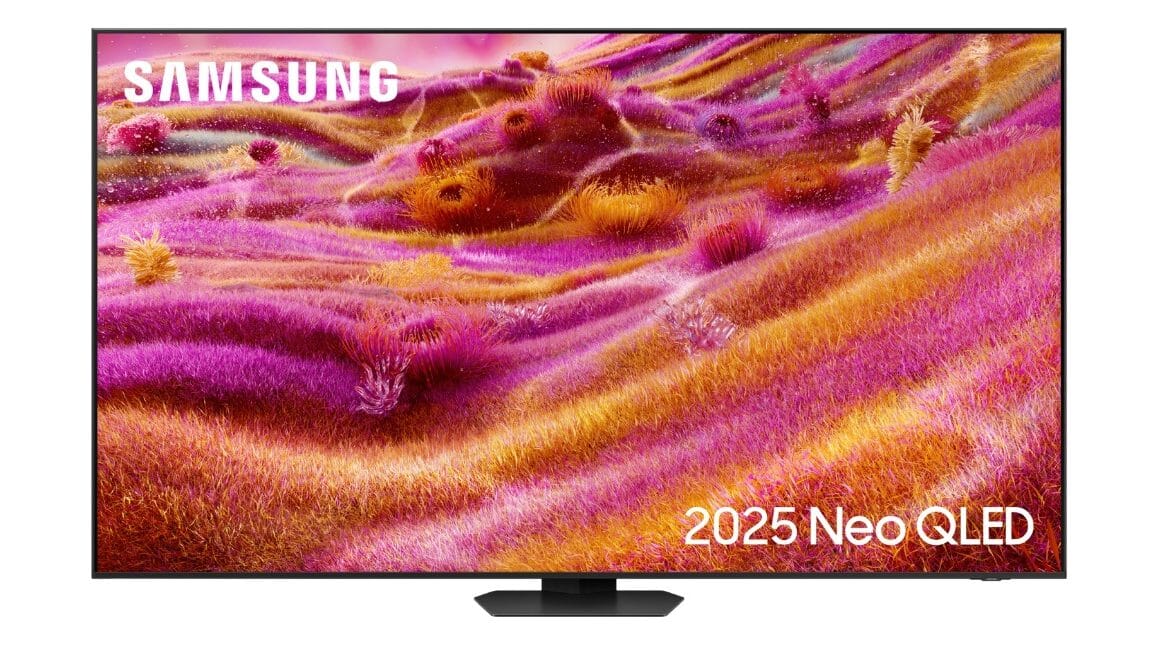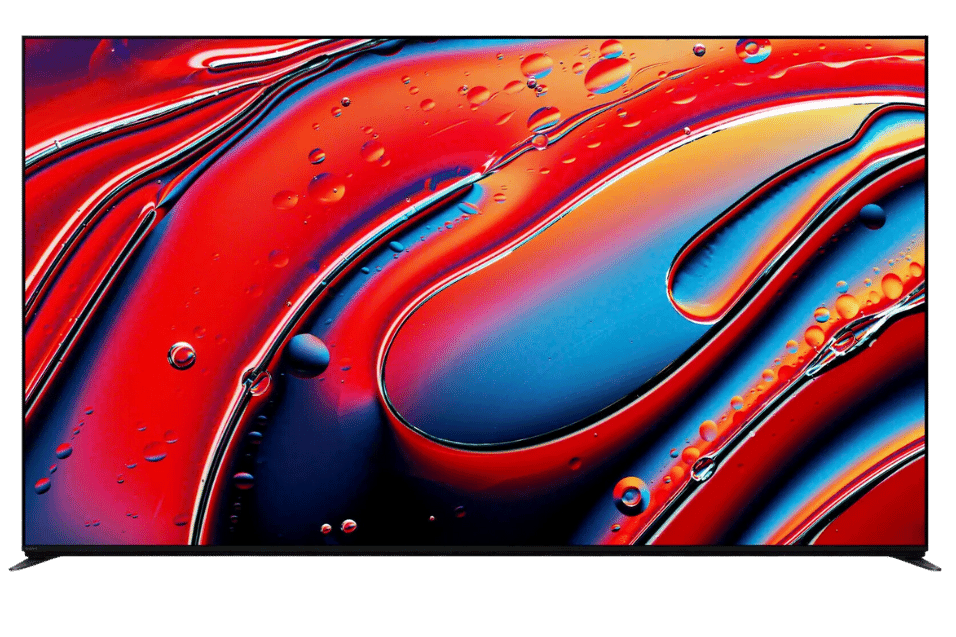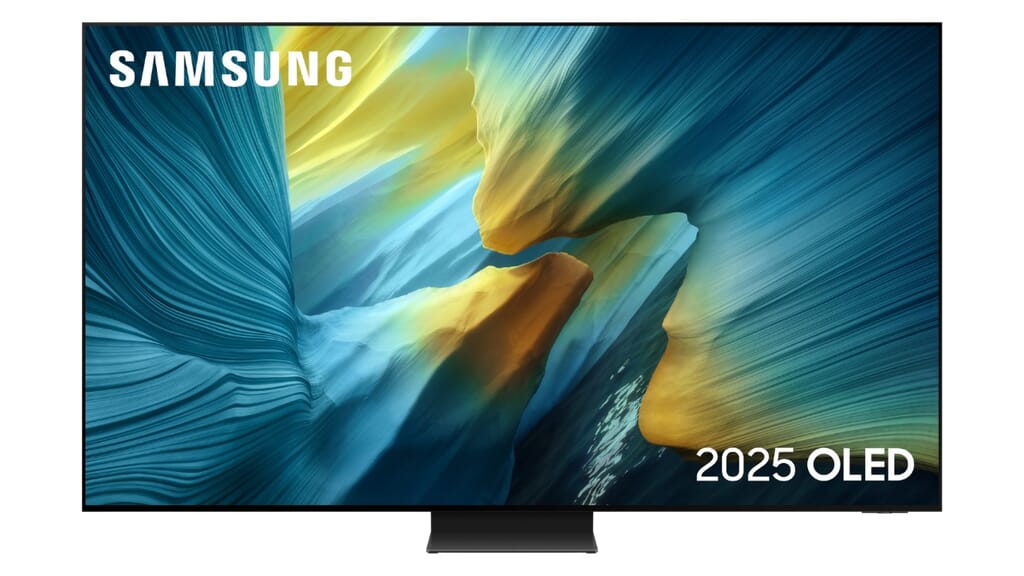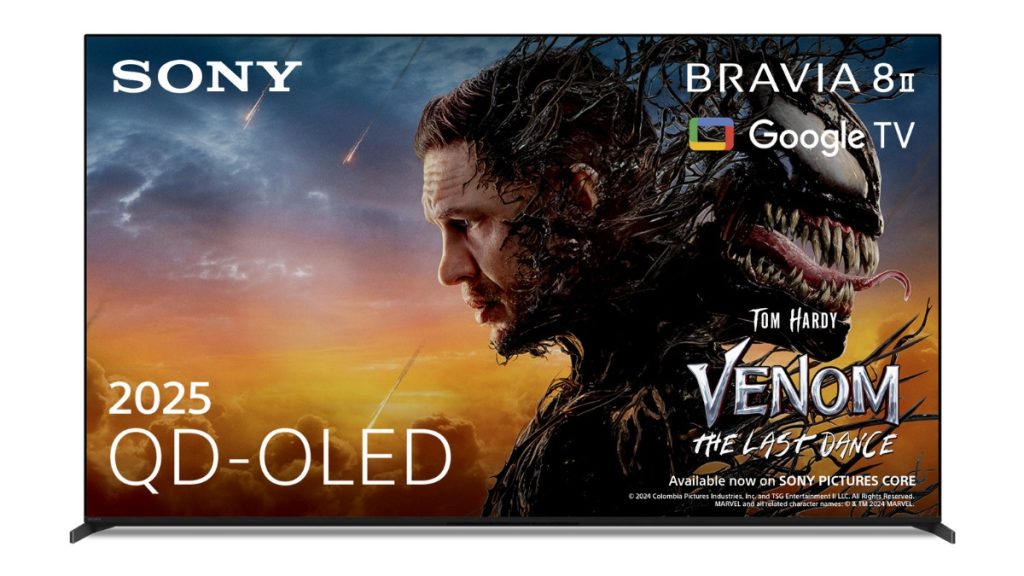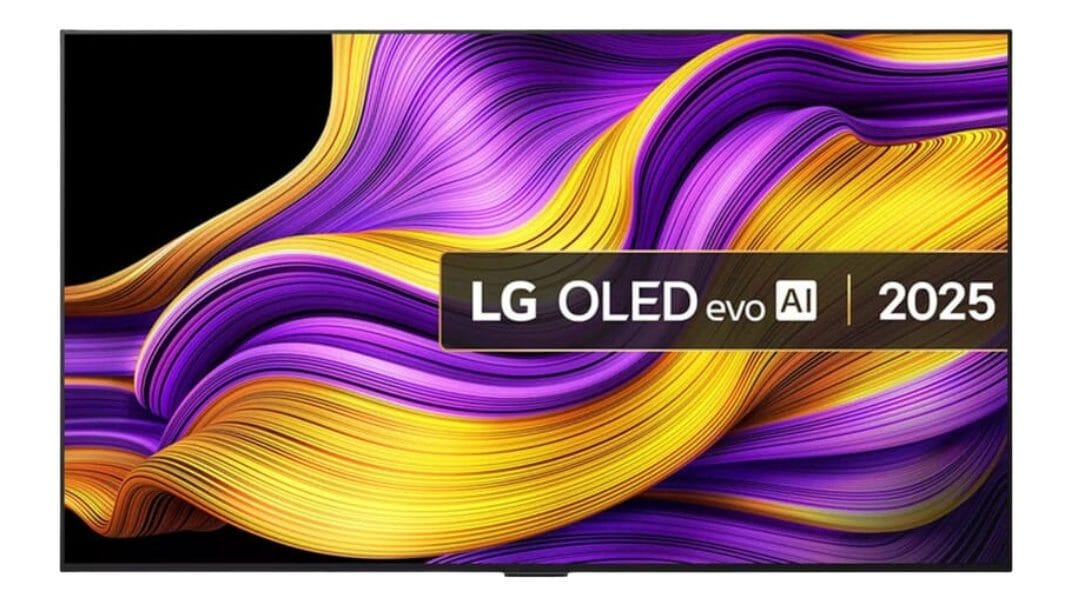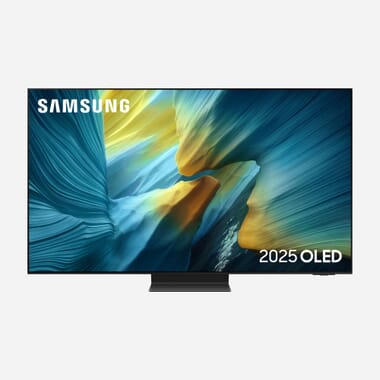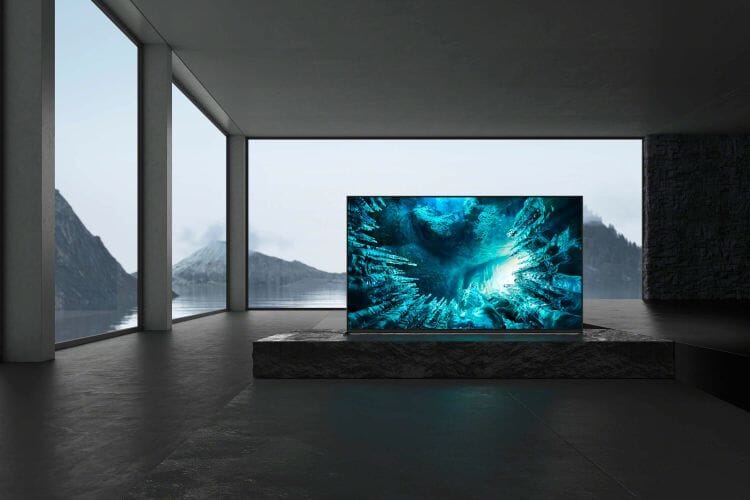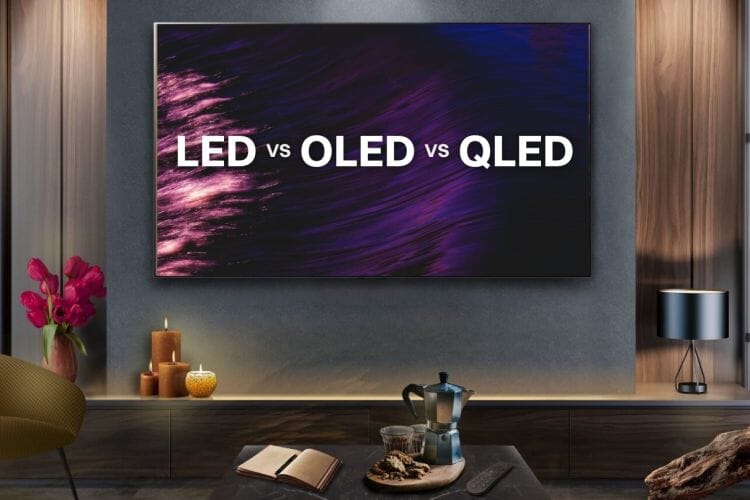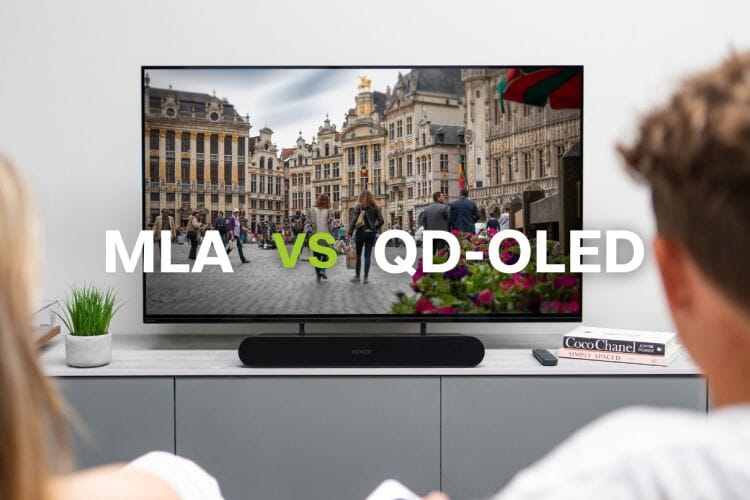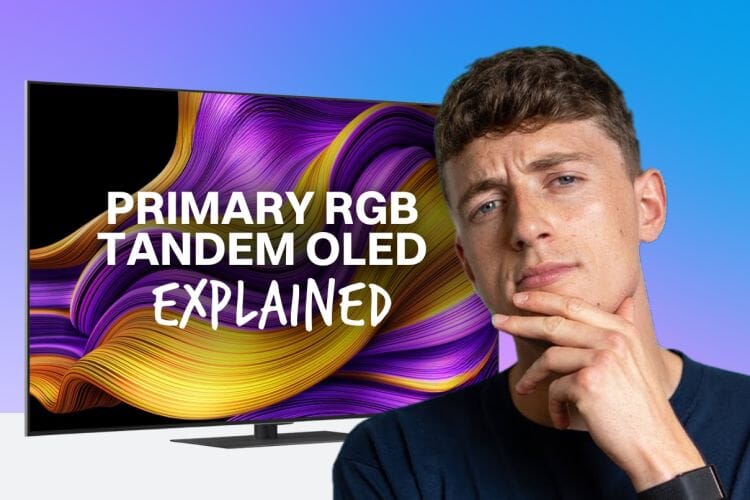The Complete Guide to Mini LED, OLED, & Micro LED TVs
In the world of modern TV technology, the competition between panel types continues to drive innovation with Mini LED, OLED and Micro LED often at the forefront.
Each panel type offers its own advantages and noteworthy features but understanding the key differences can help you make a more informed purchase decision and ultimately, find the right TV for your space.
So, skip the tech jargon, we've got you covered! This guide dives deep into Mini LED, OLED, and Micro LED technologies, explaining their features and the key differences that impact your viewing experience.
Jump To:
If you’re still at the early stages of your research journey then you might find our Complete TV Panel Type Buying Guide helpful:
Ok, let’s kick off with understanding the technology behind these TV types.
What is Mini LED?
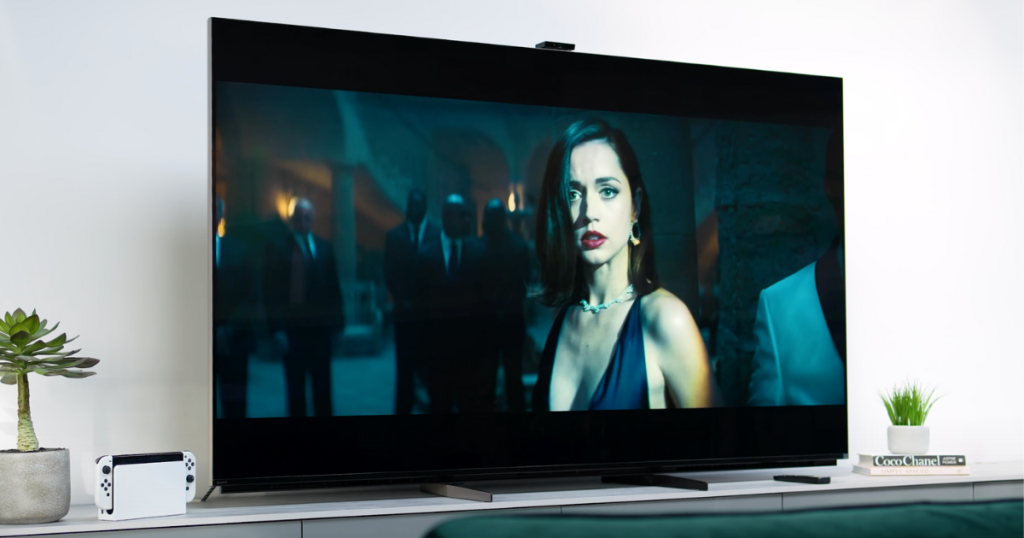
Mini LED is an advanced LED technology which levels up performance when it comes to backlighting. These models use much smaller LEDs to backlight the LCD panel meaning there can be thousands arranged in a grid.
Thanks to this, we get a brighter picture and more control over contrast and brightness for more precise images. We also have more localised dimming zones for brighter highlights and deeper blacks. Some 2025 models, like the Samsung QN90F, feature hundreds of Mini LED dimming zones for exceptional contrast control and offer impressive peak brightness up to 2,100 nits.
Following years of technological advancement, Mini LED has emerged as a formidable competitor to OLED. Both Sony and Samsung (they call it Neo-QLED), have played a key role in driving this progress and TVs like the Sony BRAVIA 9 and Samsung QN900F, showcase the potential of Mini LED to deliver exceptional picture quality that can rival some of the very best OLEDs.
That said, it's worth mentioning, because Mini LED models use a backlight, there is potential for blooming to occur where a halo of light might appear around a bright object on a dark background. This issue is more pronounced on more affordable LED panel types but still something to be aware of with any backlit TV.
| 💡 What is blooming? Also known as the halo effect, blooming is an image quality issue on some LCD TVs. It occurs when light from the backlight, which illuminates the entire screen, bleeds into areas that should be dark. This creates a faint, glowing haze around bright objects displayed on a dark background. |
| Mini LED Pros | Mini LED Cons |
| ✅ No risk of burn-in | ❌ Potential for blooming |
| ✅ Brighter performance than OLED models | ❌ Level of variability in performance |
Who are Mini LED TVs Best Suited For?
In general, we would recommend Mini LED TVs for those who watch content with a mix of bright and dark scenes and for anyone wanting a premium alternative to OLED - especially in larger screen sizes.
What is OLED?
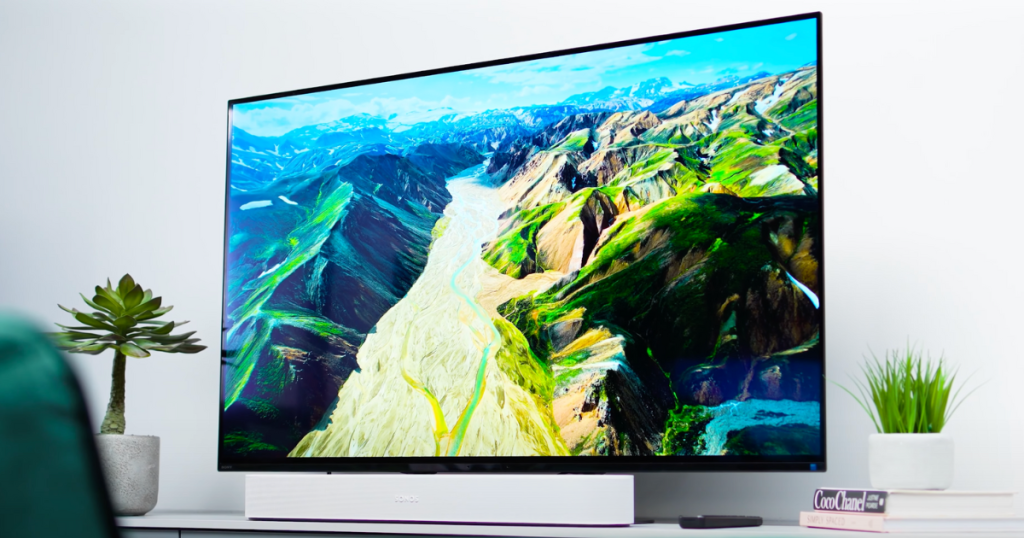
OLED is the main alternative to backlit TV models and is paving the way in this area. OLED stands for organic light-emitting diode and these TVs don’t need a backlight because each individual pixel can emit its own light. This means every pixel can be completely turned on and off which is why OLEDs are renowned for their high contrast images and perfect black levels with no risk of blooming.
OLEDs are renowned for their great viewing angles and are a brilliant option for darker rooms as many believe they offer the most captivating picture for movie watching.
In general, OLEDs offer a faster response time, higher refresh rates and smoother motion than their LED counterparts, making them a solid option for gaming.
But no TV tech is without its downsides. Older OLEDs have a tendency to be more susceptible to burn-in and traditional WOLED or WRGB OLEDs can also struggle to compete with LED TVs when it comes to brightness. So, for the brightest spaces, these models might not be your first choice.
| 💡 What is burn-in? Burn-in refers to a faint, lasting image that remains visible on a TV screen even after changing content. It occurs when a static image, like sports, news channel logos or game HUDs, remain on the screen for extended periods, causing uneven wear on the light-emitting pixels. The good news? Newer OLEDs, Mini LEDs, and Micro LEDs are much more resilient to burn-in thanks to their advanced technologies like pixel refresher or pixel shift. So, while it's still technically possible, it's a significantly reduced threat nowadays. |
In recent years, OLED has evolved beyond traditional WOLED with two major 2025 breakthroughs: QD-OLED and Primary RGB Tandem OLED.
QD-OLED TVs, like the Samsung S95F and Sony Bravia II, use a blue OLED layer paired with quantum dots to produce brighter highlights and more vivid colours than traditional OLED. These are now in their third generation, offering better brightness, efficiency and colour purity than ever.
Meanwhile, Primary RGB Tandem OLED TVs - such as the LG G5 and Panasonic Z95B - use a four-layer OLED structure (two blue layers, plus a green and red layer) to push brightness even further while reducing power consumption and improving panel longevity.
These advanced OLEDs deliver stunning picture quality but still sit at the premium end of the market and are generally available in a more limited range of screen sizes than LED or Mini LED models.
Learn more - What is Primary RGB Tandem OLED? (And why Four-Stack is a game changer)
| OLED Pros | OLED Cons |
| ✅ Pure blacks | ❌ More affordable OLEDs can struggle with brightness |
| ✅ Infinite contrast ratio | ❌ Potential for burn-in |
| ✅ Punchy, vibrant colours | |
| ✅ Wide viewing angles |
Who Are OLED TVs Best Suited For?
In general, we’d recommend OLED TVs for those after the most cinematic performance, particularly if you have a darker environment or tend to do a lot of your TV viewing in the evenings. OLEDs are also our recommendation for gaming thanks to the impressive picture quality and fast response time.
Our Favourite OLED TVs
More: Full Array LED vs OLED: The Differences that Actually Matter
What is Micro LED
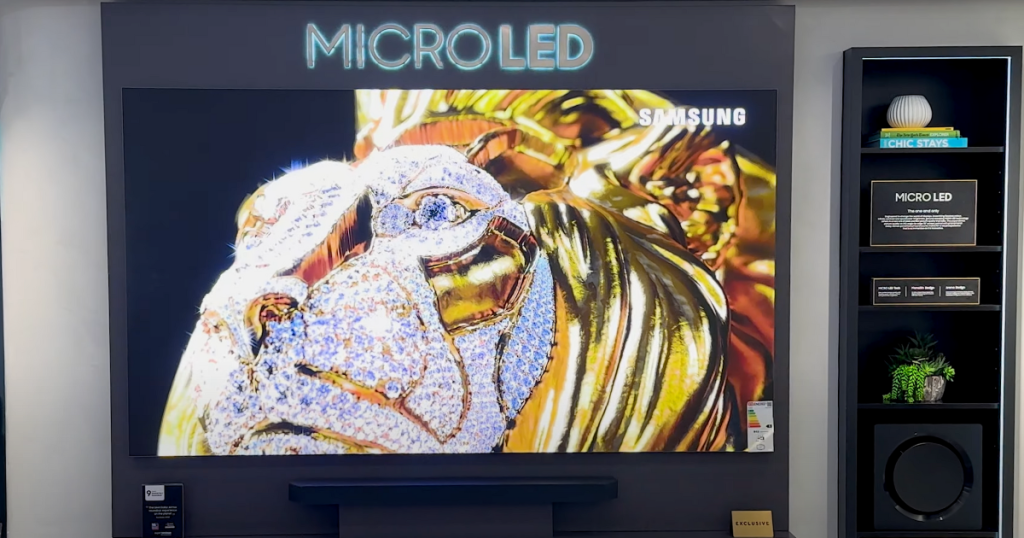
Micro LED currently represents the pinnacle of display innovation and isn't widely available. In these TVs, each pixel is an LED, allowing for millions of them to be individually controlled.
Unlike traditional displays, Micro LED pixels emit their own light directly without the need for a separate backlight, so they can be individually turned on or off or can display a completely different colour to the pixels next to them.
This means we get far more accurate colour control and near-perfect contrast. These TVs also offer superior brightness levels, energy efficiency and longevity.
However, because of the complex manufacturing process, Micro LED TVs are currently limited to very large screen sizes and come with a hefty price tag that keeps them out of reach for most consumers.
In 2025, Micro LED is slowly becoming more accessible, though it still sits firmly in the ultra-premium tier. Hisense are currently leading the charge with Micro LED, unveiling a 136" consumer-facing Micro LED TV, the Hisense 136MX. This model offers a peak brightness up to a massive 10,000 nits.
While still limited to very large screen sizes and coming with a luxury price tag, if this technology becomes more affordable, then this looks like the future for TVs.
| Micro LED Pros | Micro LED Cons |
| ✅ Incredible picture quality | ❌ VERY expensive |
| ✅ Impressive brightness | ❌ Not widely available |
| ✅ Vivid colours | ❌ Limited to larger screen sizes only |
Mini LED vs OLED vs Micro LED: Key Differences
Mini LED, OLED, and Micro LED each offer unique advantages, but understanding their key differences is crucial.
Brightness and Contrast: Micro LED excels in brightness and contrast, followed closely by Mini LED, while OLED offers superior black levels.
Colour Accuracy: Micro LED and OLED both offer excellent colour accuracy, with MicroLED having the edge in terms of brightness.
Longevity: Micro LED boasts superior longevity due to their individual pixel control and lack of organic materials prone to degradation
Price and Availability: Mini LED and OLED TVs are more widely available and much more affordable compared to Micro LED, which is currently limited to large screen sizes and comes with a considerably higher price tag.
While picture quality and features matter, screen size also plays a crucial role in your viewing experience. Don't settle for less! Read our guide on How to find the perfect TV size for you.
Verdict: Which Should You Buy?
When it comes to these TV panel types, Mini LED, OLED and MicroLED all bring their own set of advantages and considerations to the table.
Mini LED excels in precision and brightness control, making it an attractive option for users prioritising bright and vibrant performance. OLED technology, with its true black levels and superior contrast, remains a better choice for cinema enthusiasts and those seeking a truly immersive cinematic viewing experience. Whereas Micro LED stands out as the cutting-edge display technology, delivering the best picture quality, albeit at a much more premium price.
Ultimately, the choice between these technologies depends on individual preferences, viewing habits, and budget constraints. Whether you prioritise brightness, contrast, or colour accuracy, there's a TV technology tailored to enhance your entertainment experience. As advancements continue to push the boundaries of display technology, there's no doubt that consumers can look forward to even more immersive and captivating viewing experiences in the future.
If you'd like any more information about anything that's been discussed, please reach out to info@smarthomesounds.co.uk, via Live Chat on our website or on 0800 677 1100 where one of our expert advisors will be happy to help.
Other Useful Content
For more information about screen types and TV technology, please take a look at our TV Buying Guide.
More On TV Tech:
>> MLA vs QD-OLED: The Differences That Actually Matter
>> LED vs. OLED vs. QLED - What Do They All Mean and Which Is Right for Me?
>> Full-Array vs. OLED: The Differences That Actually Matter
>> QLED vs OLED: The Differences That Actually Matter
Helpful content:
Video: How To Choose The Right TV Screen Size
Video: LG Buying Guide 2025 - Which Model Should You Buy?
Video: Sony BRAVIA 9 Review: Can it compete in 2025?
Blog: LG C5 vs LG C4: Which OLED to buy in 2025?
Blog: Sony 2025 TV Lineup: Bravia 3, Bravia 5, Bravia 8 II & More



